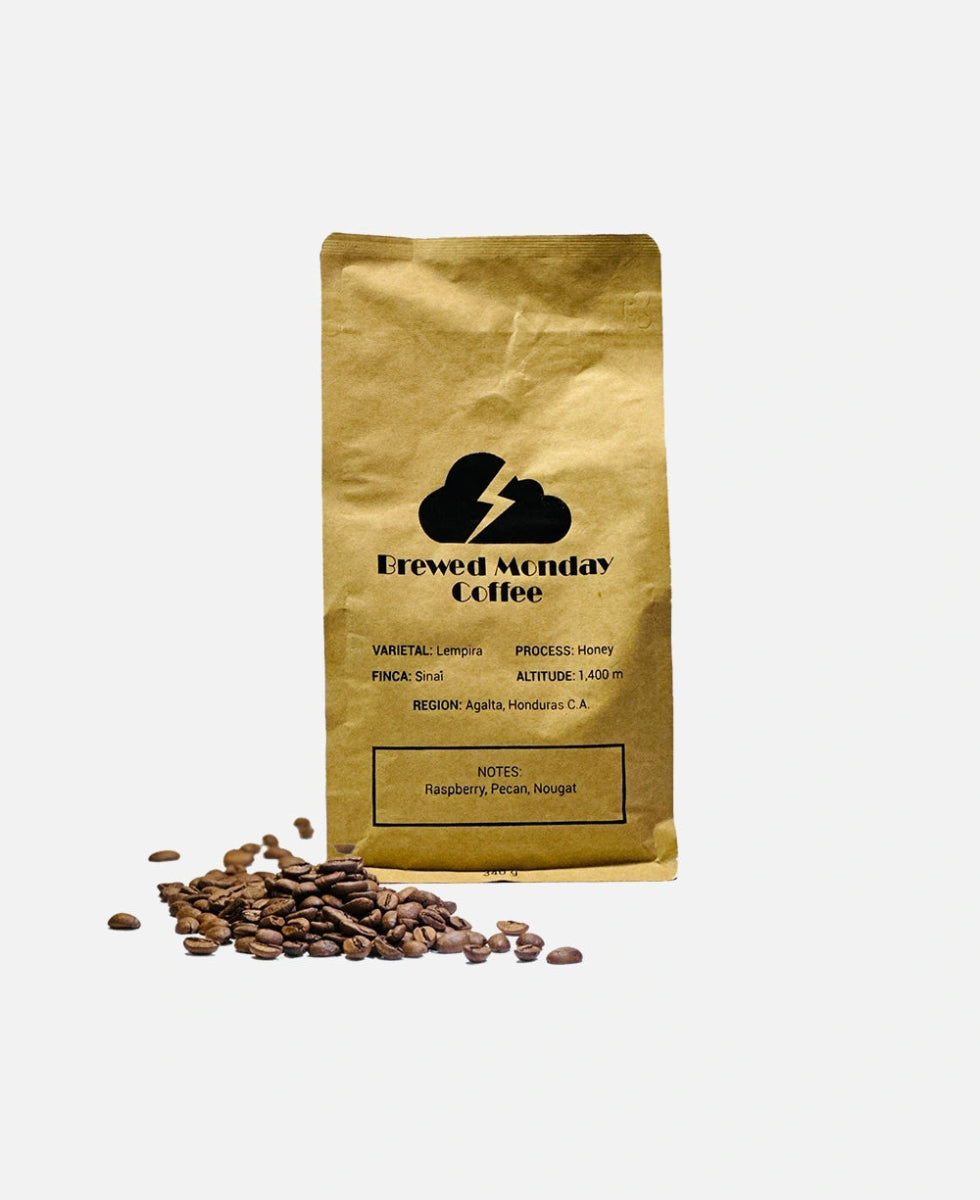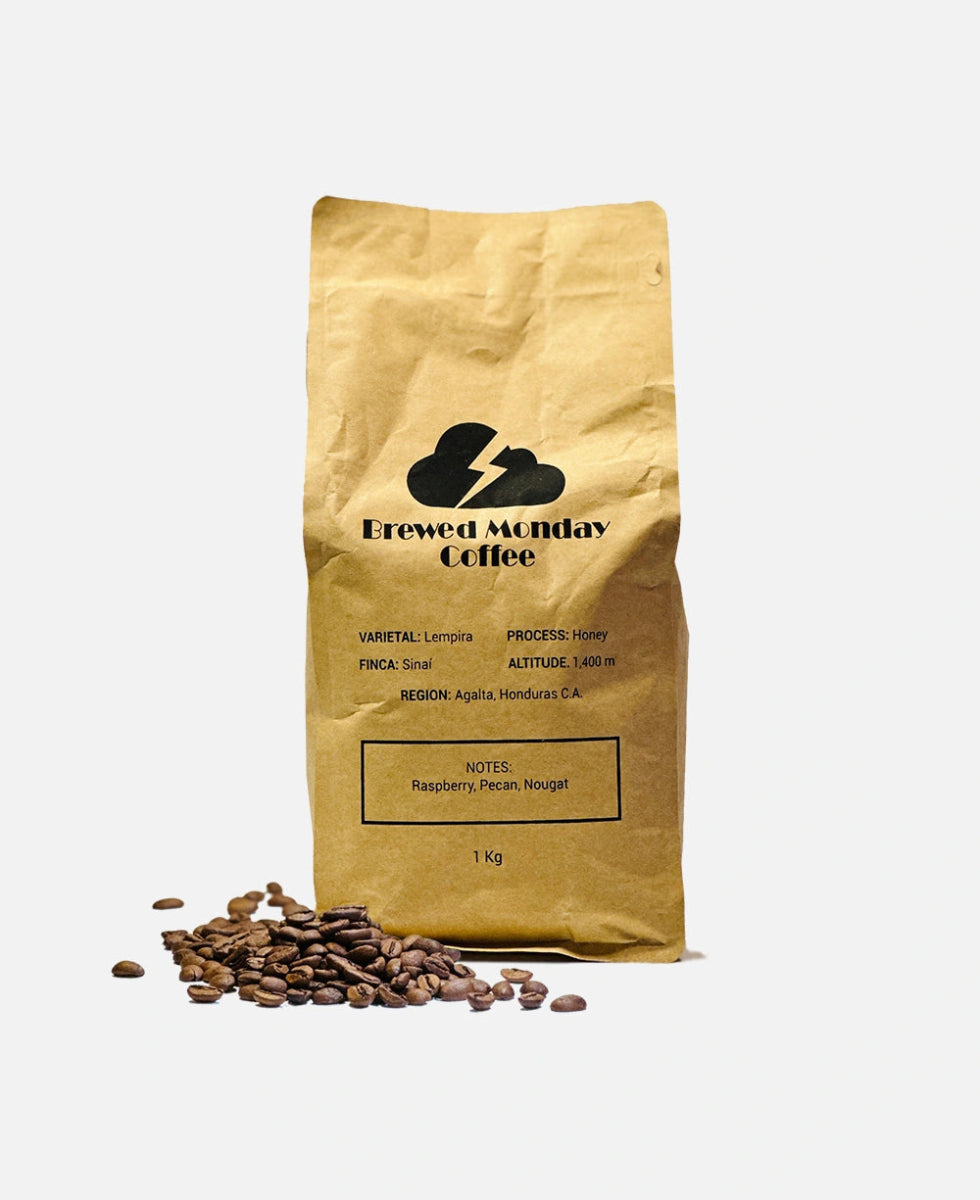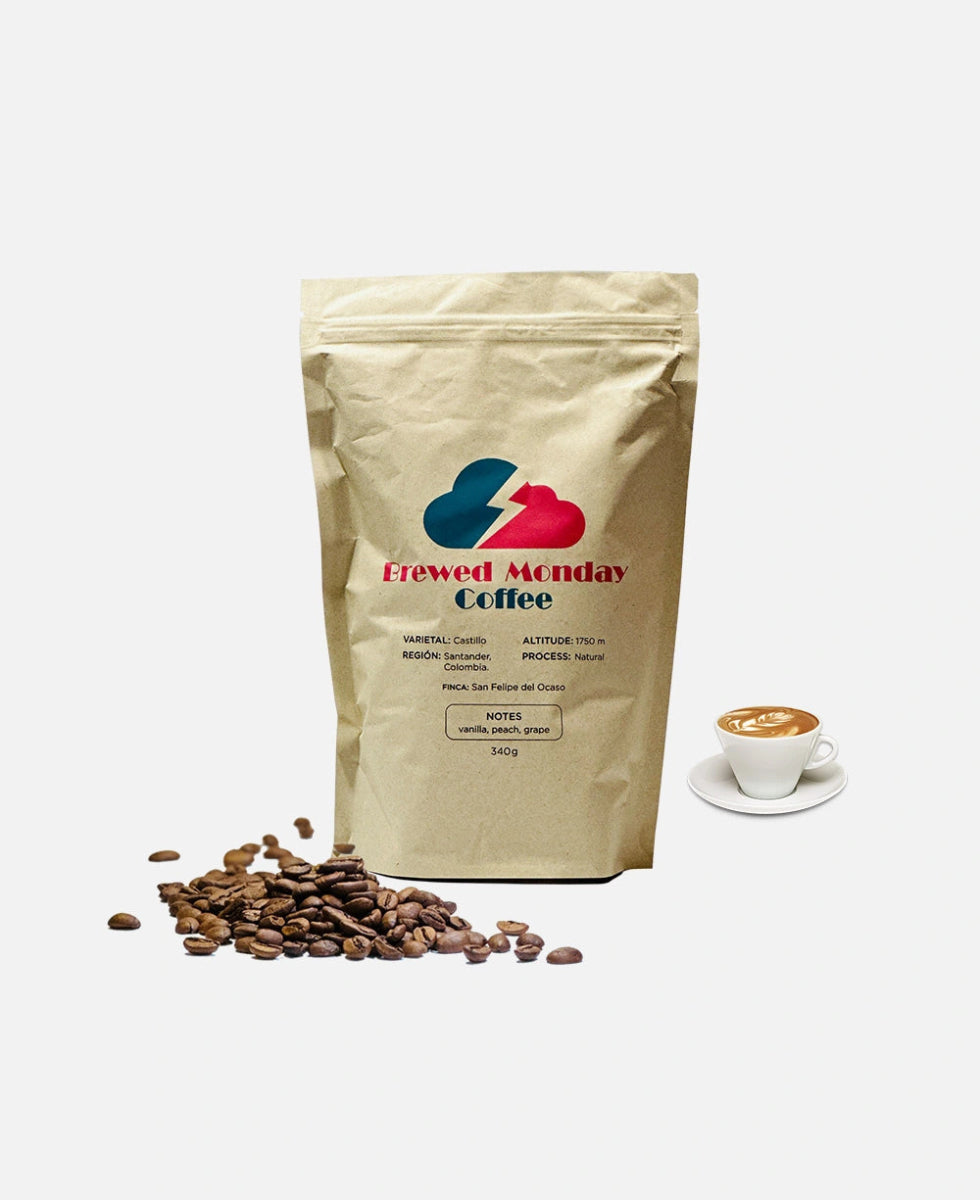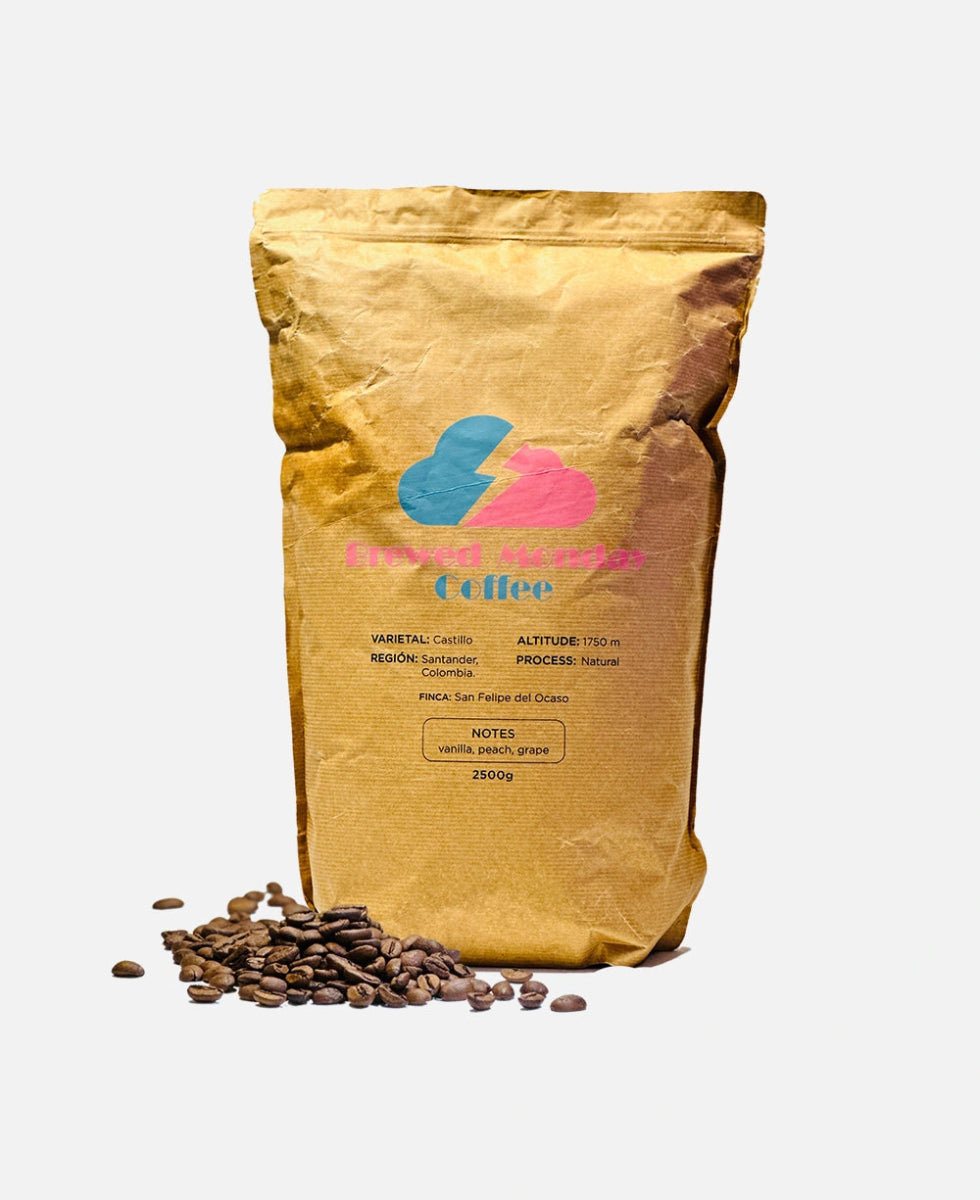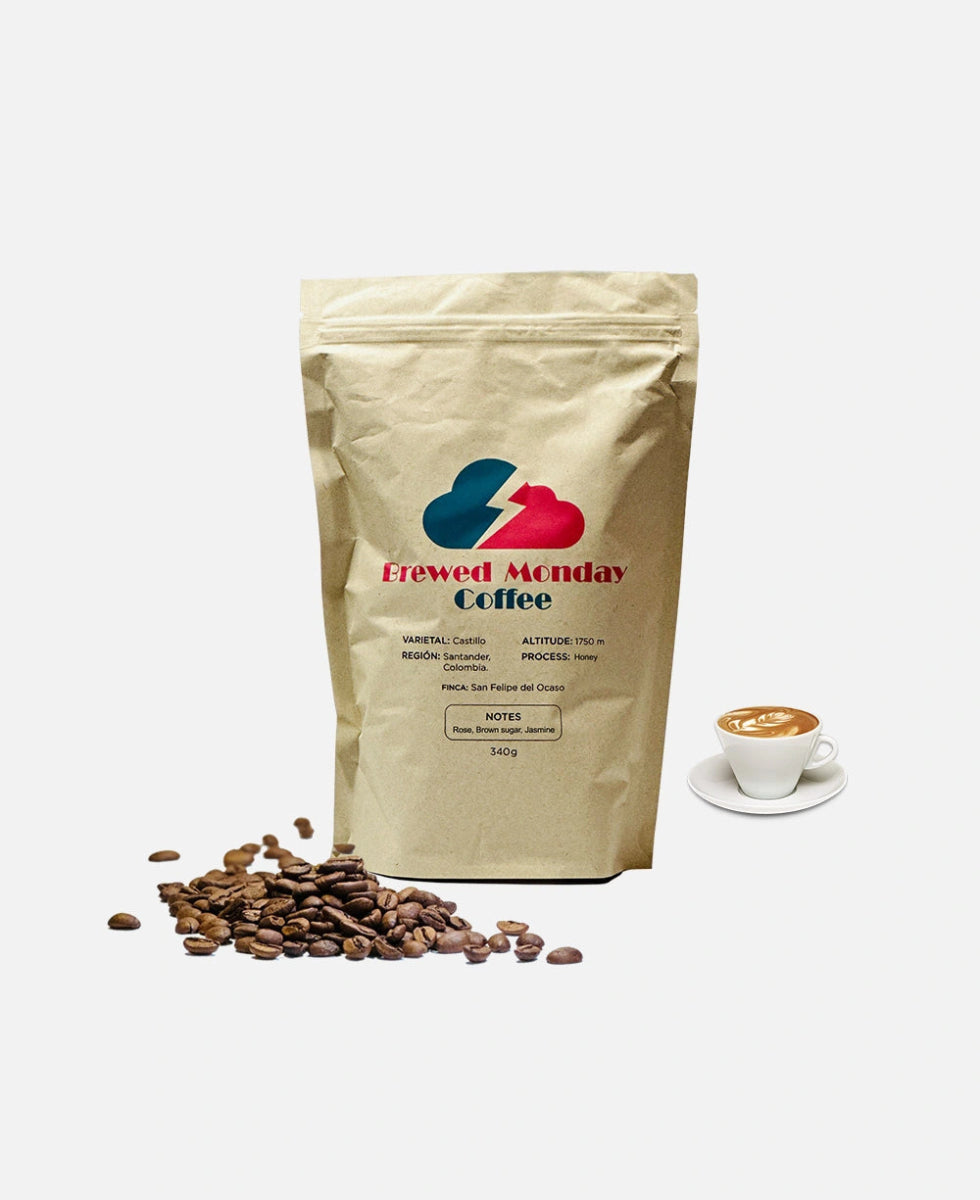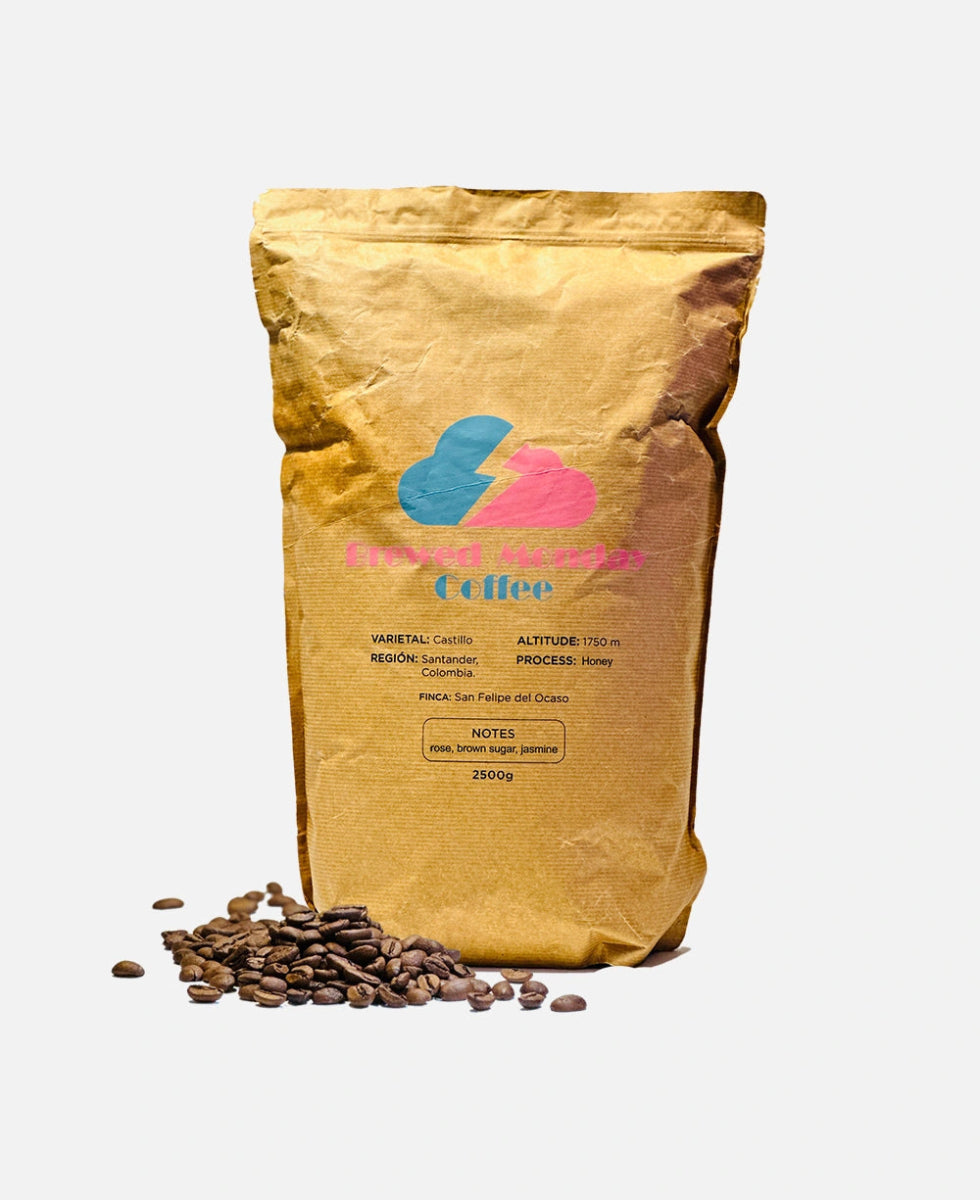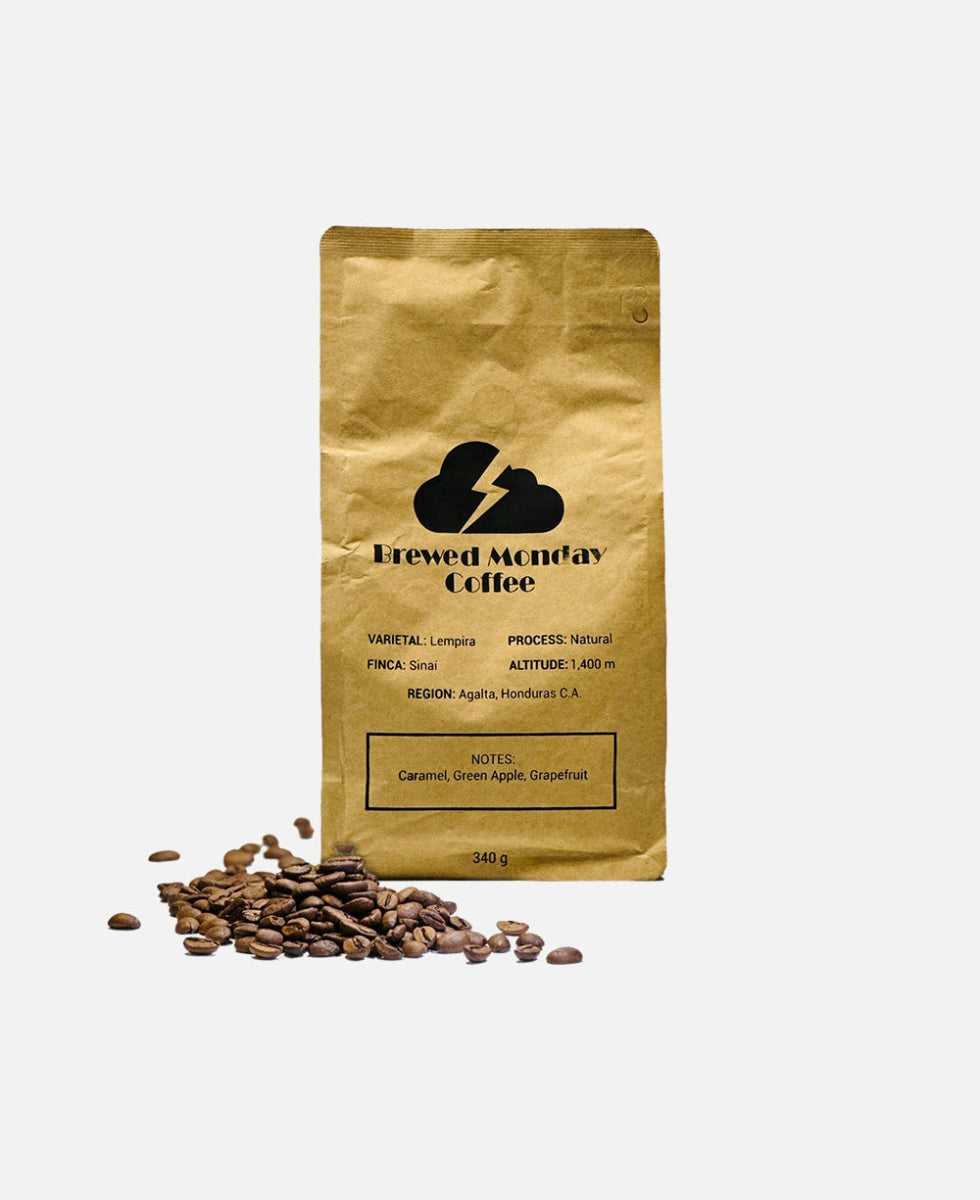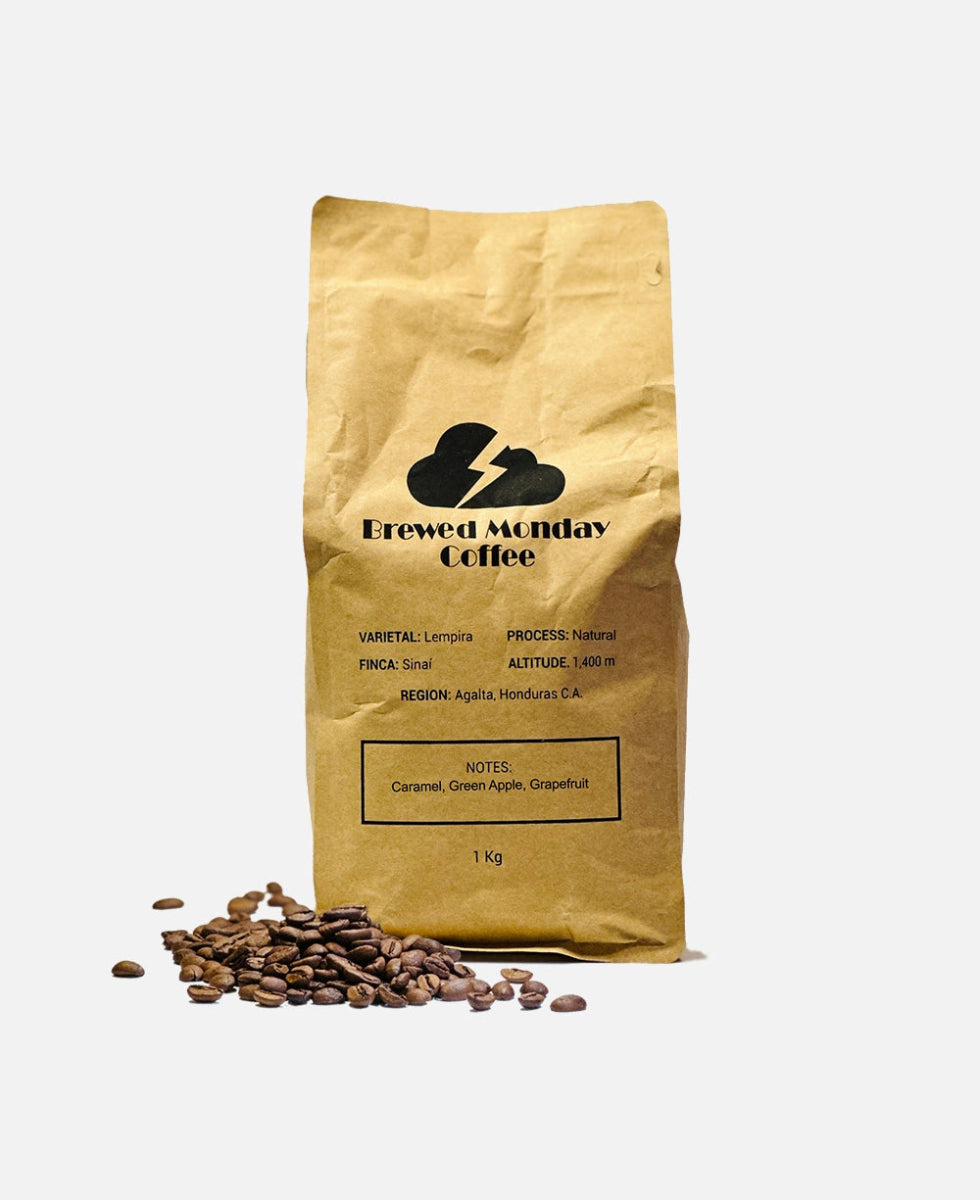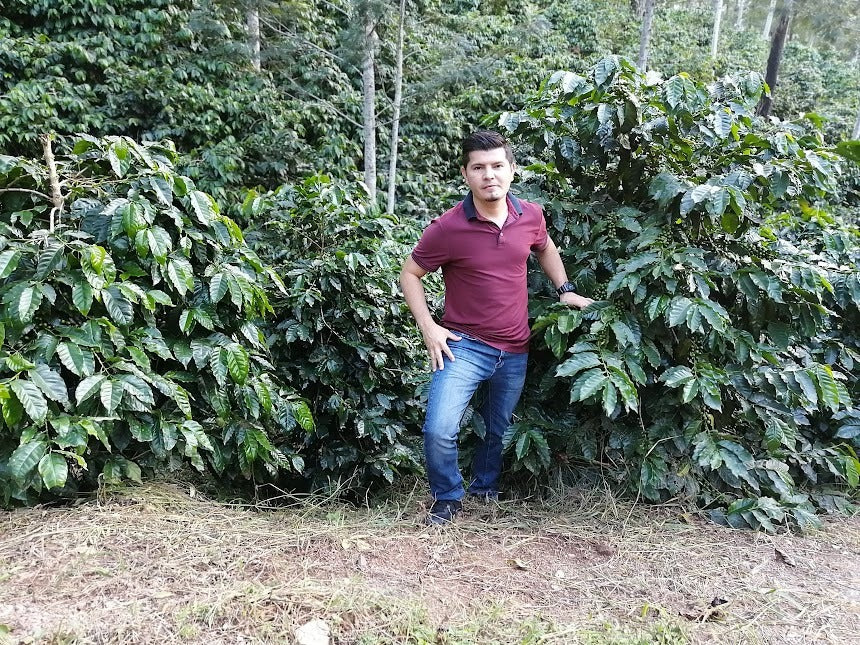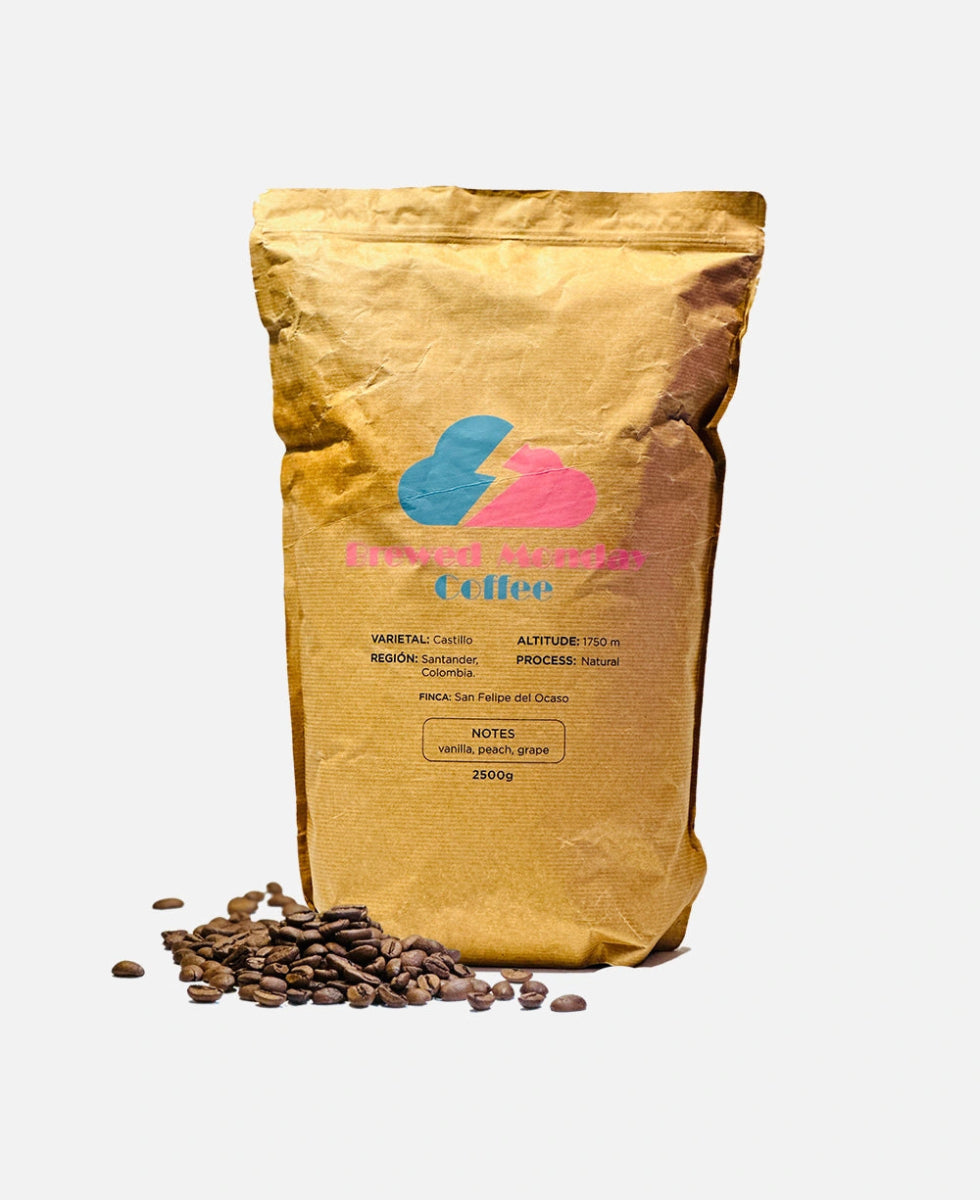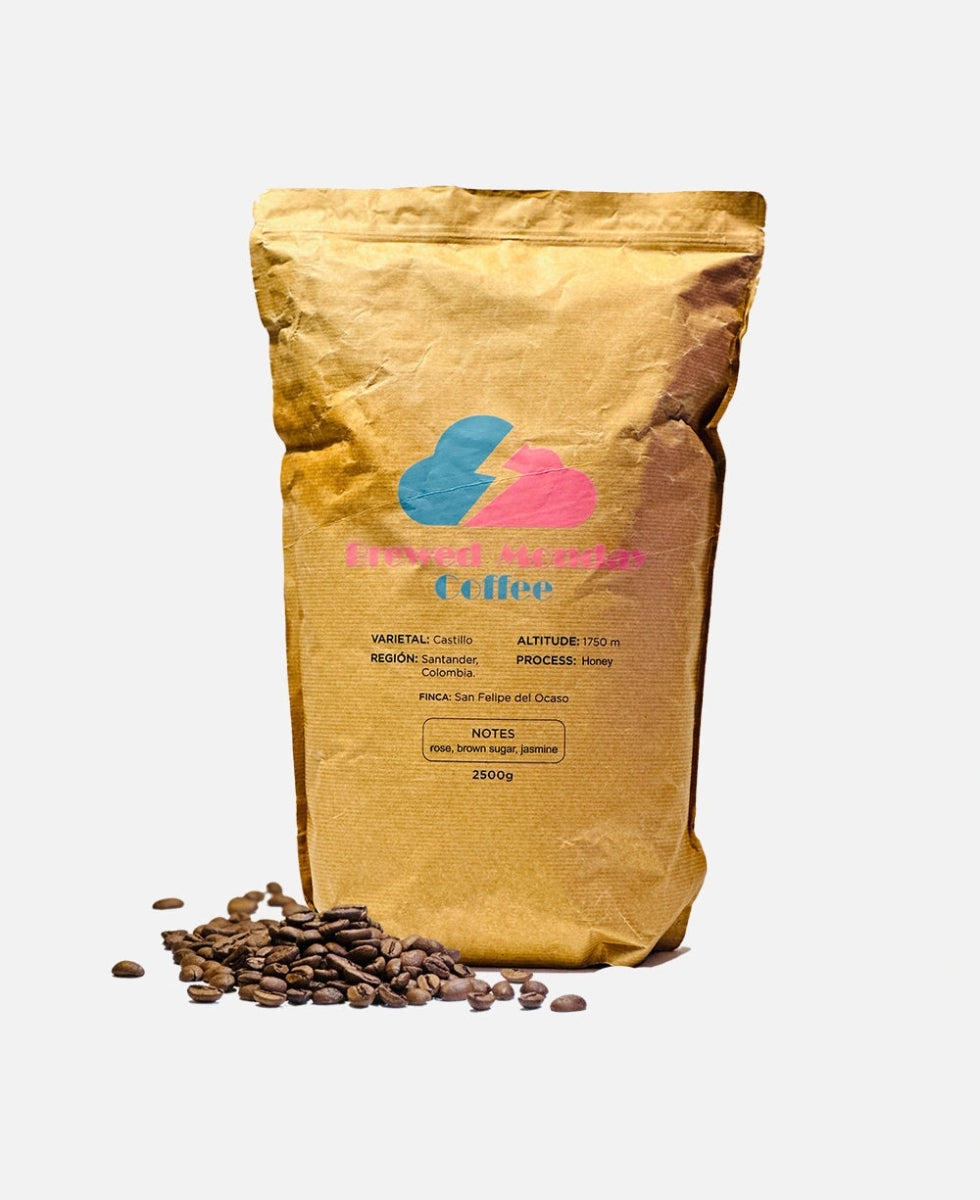
The Ultimate Guide to Understanding Espresso Beans and Coffee Beans

Espresso beans and coffee beans may seem interchangeable, but they have distinct characteristics that affect the taste and brewing process. We'll explain the key differences between the two beans and explore how they are grown, harvested, and processed. Additionally, we'll discuss the various factors that contribute to flavor profiles, such as region, altitude, and roasting techniques.
Understanding the intricacies of espresso and coffee beans will empower you to make informed choices when selecting your preferred brew. Whether you crave a bold and robust espresso shot or a smooth and mellow cup of coffee, this guide will provide you with the insights needed to elevate your coffee experience.
Join us as we demystify the world of espresso and coffee beans, and unlock the secrets to brewing a perfect cup every time. Let's embark on this journey together and discover the wonderful world of coffee.
What are espresso beans and coffee beans?
Espresso beans and coffee beans are both derived from the same source: the coffee plant. However, they differ in terms of their characteristics and intended use. To understand their distinctions, let's first examine how they are produced.
Coffee beans grow on trees in tropical regions around the world, primarily in countries like Brazil, Colombia, Ethiopia, and Vietnam. The two main species of coffee plants used for commercial production are Coffea arabica and Coffea robusta.
When it comes to espresso beans, they are typically made from a specific variety of Coffea arabica known for its rich flavor and lower acidity. These beans are carefully selected and roasted to a darker degree than coffee beans intended for other brewing methods. The result is a concentrated, full-bodied shot of espresso with a distinctive crema.
On the other hand, coffee beans are a more general term referring to beans used for various brewing methods, such as drip coffee, French press, pour-over, and cold brew. These beans can come from different varieties, including both Coffea arabica and Coffea robusta, and are roasted to different levels to suit different taste preferences.
The difference between espresso beans and coffee beans
While espresso beans and coffee beans come from the same coffee plant, their differences lie in the roast level, grind size, and brewing method. The varying characteristics of these beans contribute to the distinctive flavors and aromas that coffee enthusiasts appreciate.
Firstly, espresso beans are roasted for a longer duration compared to coffee beans. This extended roasting process creates a darker bean with oils that are released during brewing, resulting in a richer and more intense flavor. Coffee beans, on the other hand, are roasted to a range of levels, allowing for a wider spectrum of flavors and strengths.
Secondly, the grind size of espresso beans is much finer than that of coffee beans. This fine grind allows for a slower extraction process when hot water is forced through the tightly packed coffee grounds under high pressure. The result is a concentrated shot of espresso with a thick, creamy texture. Coffee beans, on the other hand, require a coarser grind size to accommodate different brewing methods.
Lastly, the brewing method sets espresso and coffee beans apart. Espresso requires an espresso machine, which uses pressure to extract the flavors from the finely ground beans. Coffee, on the other hand, can be brewed using various methods, such as drip coffee makers, pour-over devices, French presses, and more. This versatility allows for different strengths and flavor profiles.
Understanding these differences is crucial when choosing between espresso beans and coffee beans. The brewing process and equipment required for each will ultimately determine the taste and experience you can expect from your cup of joe.
Types of espresso beans and coffee beans
The world of espresso and coffee beans offers a vast selection of options, each with its own unique characteristics and flavors. Let's explore some of the most popular types of beans you can find.
1. Espresso Beans:
- Brazilian: Brazilian espresso beans are known for their nutty, chocolatey flavors with low acidity. They are often used as a base for espresso blends due to their smooth and mellow characteristics.
- Colombian: Colombian espresso beans are renowned for their well-balanced flavor profile, featuring notes of caramel, citrus, and a hint of sweetness. They are considered versatile and are widely used in espresso blends.
- Ethiopian: Ethiopian espresso beans are prized for their bright acidity, fruity flavors, and floral aromas. They offer a complex and vibrant cup of espresso, often with hints of blueberry, jasmine, and bergamot.
- Italian: Italian espresso beans are typically dark roasted to create a bold and robust flavor profile. They often exhibit smoky, caramelized notes with a rich crema, making them a popular choice for traditional espresso lovers.
2. Coffee Beans:
- Costa Rican: Costa Rican coffee beans are known for their vibrant acidity and medium body. They offer a well-balanced cup with flavors ranging from citrusy and fruity to chocolatey and nutty.
- Guatemalan: Guatemalan coffee beans are favored for their complex flavors and full body. They often feature notes of chocolate, caramel, and stone fruits, with a pleasant acidity that adds brightness to the cup.
- Kenyan: Kenyan coffee beans are highly regarded for their bright acidity, full body, and distinct fruity flavors. They often showcase notes of black currant, citrus, and a wine-like complexity.
- Sumatran: Sumatran coffee beans are known for their earthy, spicy, and full-bodied characteristics. They are often processed using the unique wet-hulling method, resulting in a low-acidity cup with notes of dark chocolate and herbs.
When choosing your espresso or coffee beans, consider the flavor profiles that appeal to your taste preferences. Exploring different origins and varieties will allow you to discover a world of flavors and find your perfect cup.
How to choose the right beans for your taste preferences
Selecting the right beans for your taste preferences is an essential step in enjoying a satisfying cup of coffee. Here are some factors to consider when making your decision:
1. Flavor Profile: Determine the flavor profile you enjoy the most. Do you prefer a bold and robust cup or a lighter, more delicate taste? Understanding the flavor notes associated with different beans will guide you towards the right choice.
2. Roast Level: Consider the roast level that suits your taste. Lighter roasts tend to highlight the bean's natural flavors, while darker roasts offer a bolder, more caramelized taste. Experiment with different roast levels to find your preference.
3. Origin: Explore coffee beans from different regions. Each origin has its own unique characteristics and terroir, which can greatly impact the flavor profile. Regions like Central America, Africa, and Asia offer distinct taste profiles worth exploring.
4. Sustainability: If supporting sustainable and ethical practices is important to you, consider choosing beans that are organic, fair trade, or sourced from farms with environmentally friendly practices.
5. Experimentation: Don't be afraid to try new beans and blends. Coffee is a journey of exploration, and by experimenting with different varieties, you may discover unexpected flavor combinations that delight your palate.
By considering these factors, you'll be able to make an informed decision when selecting your preferred beans. Remember, taste is subjective, so trust your own palate and enjoy the journey of discovering your perfect cup of coffee.
The importance of freshness in espresso and coffee beans
Freshness plays a crucial role in the quality and flavor of your coffee. When coffee beans are first roasted, they release carbon dioxide, which needs to be released before brewing to avoid off-flavors. Additionally, the natural oils within the beans can become rancid over time, resulting in a stale taste.
To ensure the freshest cup of coffee, follow these guidelines:
1. Roast Date: Choose beans that display a roast date. Ideally, select beans that have been roasted within the past 2 to 4 weeks. This ensures that you're getting the most vibrant flavors from the beans.
2. Whole Bean: Purchase whole bean coffee rather than pre-ground. Whole beans retain their freshness for longer as they have a smaller surface area exposed to oxygen. Grinding your beans just before brewing preserves the flavors and aromas.
3. Airtight Storage: Store your beans in an airtight container in a cool, dark place, away from moisture, heat, and light. Avoid storing them in the refrigerator or freezer as moisture can cause the beans to deteriorate.
4. Small Batches: It's best to purchase coffee beans in small quantities that you can consume within a couple of weeks. This allows you to consistently enjoy the freshest coffee experience.
Remember, coffee is at its peak freshness within the first few weeks after roasting. As time passes, the flavors will slowly degrade. By prioritizing freshness, you'll ensure that each cup of coffee delivers the best possible taste.
How to store espresso and coffee beans properly
Proper storage is essential to maintain the freshness and flavor of your espresso and coffee beans. Follow these storage tips to preserve the quality of your beans:
1. Airtight Container: Store your beans in airtight containers made of glass or ceramic. These materials do not absorb odors and help maintain the beans' freshness.
2. Avoid Light Exposure: Coffee beans are sensitive to light, as it can degrade their flavor and aroma. Store your beans in a dark place or use opaque containers.
3. Cool and Dry Environment: Keep your beans in a cool and dry environment, away from direct sunlight, heat sources, and humidity. Avoid storing them near the stove or on countertops.
4. Avoid Freezing: Freezing coffee beans is not recommended as it can cause moisture to seep into the beans, compromising their flavor. If you need to store beans for an extended period, it's best to use an airtight container at room temperature.
By following these storage practices, you'll be able to extend the lifespan of your beans and maintain the quality of your coffee.
Grinding espresso and coffee beans for the perfect cup
The size of the grind for your beans is crucial in order to achieve the desired flavor extraction during the brewing process. Here are some guidelines for grinding espresso and coffee beans:
1. Espresso Beans: When making espresso, it is essential to use a fine grind size that is similar to table salt. This consistency ensures proper extraction, resulting in a well-balanced and flavorful shot.
2. Coffee Beans: The grind size for coffee beans varies depending on the brewing method. Coarser grinds are suitable for methods like French press and cold brew, while medium-fine grinds are typically used for pour-over and drip coffee makers. Experimenting with different grind sizes will help you find the perfect balance for your preferred brewing method.
Investing in a quality burr grinder allows you to achieve consistent grind sizes, which in turn ensures optimal flavor extraction. It is best to avoid using blade grinders, as they produce uneven particle sizes that can lead to over or under-extraction.
Brewing methods for espresso and coffee beans
Choosing the right brewing method is essential to unlock the full potential of your espresso and coffee beans. Here are some popular brewing methods you can explore:
1. Espresso Machine: Using an espresso machine allows you to extract the full flavors and aromas from your finely ground espresso beans. The machine forces hot water through the coffee grounds under high pressure, resulting in a concentrated shot of espresso.
2. Drip Coffee Maker: Drip coffee makers are a convenient and popular choice for brewing coffee beans. Hot water drips through the grounds, extracting the flavors and producing a full-bodied cup of coffee.
3. French Press: French press brewing involves steeping coarsely ground coffee beans in hot water and then pressing a plunger to separate the grounds from the liquid. This method produces a rich and full-bodied cup of coffee.
4. Pour-Over: Pour-over brewing is a manual method that involves pouring hot water over coffee grounds placed in a filter. This allows for precise control over the brewing process, resulting in a clean and flavorful cup.
5. Cold Brew: Cold brew is made by steeping coffee grounds in cold water for an extended period, typically overnight. This method produces a smooth, low-acidity coffee concentrate that can be diluted with water or milk.
These are just a few examples of brewing methods available. Each method offers a unique experience and allows you to tailor your coffee to your preferences. Experimentation and exploration will help you discover the brewing method that brings out the best in your beans.
Conclusion: Enjoying the perfect cup of espresso or coffee
Congratulations on gaining a comprehensive understanding of the difference between espresso beans and coffee beans. You now possess the knowledge to appreciate their unique flavor profiles and master the art of brewing each one. This newfound expertise will enable you to confidently explore the world of coffee and make informed choices when selecting your preferred beans. Remember to prioritize freshness by choosing beans that have been recently roasted and storing them properly to preserve their quality. Embrace the delightful experience of savoring the perfect cup of espresso or coffee, knowing that you have honed your skills and can fully appreciate the nuances of each sip.

